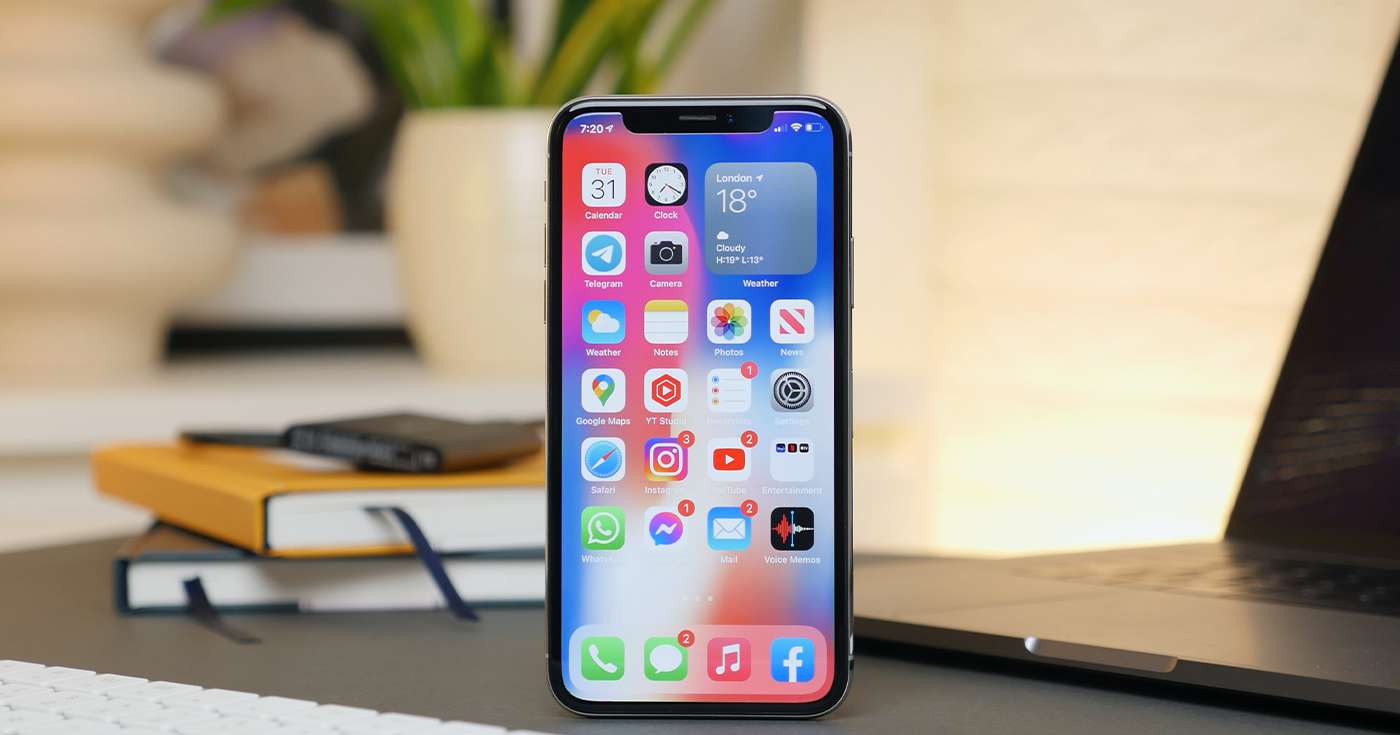
Executive Summary
- Windows PCs and laptops might still be the most popular choice for most UK small businesses, but Apple’s devices are closing the gap.
- If your IT support team or administrator isn’t familiar with the way Apple products are managed on the back end, this article is for you. We’ll cover everything you need to know about Apple Business Manager.
- Apple Business Manager is a cloud-based IT support portal focused exclusively on Apple devices, including iPhones and iPads, and can be used to manage the devices themselves, digital content, and user permissions.
Introduction
We spend a lot of time here on the Get Support blog talking about Microsoft.
And, as a direct Microsoft Cloud Solution Provider, that’s probably not much of a surprise. But there are technical solutions out there which aren’t focused on Windows 10 / 11 and Microsoft’s ecosystem. In fact, there’s a rather big one: Apple.
You might naturally associate Apple more with consumer devices and IT solutions, and that’s a fair assessment, but Apple does provide some IT infrastructure – and it’s all managed by Apple Business Manager.
So, whether you’re all-new to the idea of iPhones in the office, or you’re looking to brush up on your ABM knowledge, this article’s for you.
What exactly is Apple Business Manager?
Apple Business Manager is a web-based portal which IT support teams and administrators can use to manage company-owned Apple devices remotely.
Whether the devices have been purchased directly from Apple or through an authorised reseller, you’re able to manage the devices before they even arrive at your premises or with your employees. This includes full support for Mobile Device Management (MDM) systems, including Microsoft Intune, so you can apply security policies to Apple devices well ahead of your team actually turning them on for the first time.
If your team are already using Apple devices, you can enrol these into your company’s MDM using the Apple Configurator 2 app – though they’ll be reset to factory settings in the process.
Which Apple devices can be used with Apple Business Manager?
As of 2021, IT support administrators can use Apple Business Manager to deploy company-owned Apple devices of the following types:
- iPhone
- iPad
- iPod touch
- Apple TV
- Mac computers (including MacBooks)
Apple Business Manager allows administrators to streamline the device setup process in a few different ways, including the ability to push configuration changes via Apple’s Setup Assistant – and even include your company’s branding during this process. It’s also possible to update the default MDM server on specific device types (e.g. iPhones or iPads) so that your MDM systems work as soon as the device is turned on.
Does Apple Business Manager allow you to manage device content?
Hardware is one half of the equation when it comes to company-owned devices, but software is another consideration. With Apple Business Manager, IT support administrators can save time (and money) by buying apps, books, and other content in bulk, then make it available to any company-owned device.
Content can be assigned to either specific devices or specific users depending on your company’s needs. Once that device or user no longer needs a specific app, the license can be revoked and reassigned to someone else via Apple Business Manager.
The platform also serves as a ledger, letting IT support teams know exactly which device has which content installed, making overall management a little easier.
When it comes to purchasing and installing new apps, administrators can either allow users to pay using their own payment methods, use a company card, or purchase “Volume Credit”, which is essentially a digital tab, the balance of which is deducted whenever a company purchase is made.
How does Apple Business Manager approach user management?
From the way Apple approaches user management with Apple Business Manager, it’s clear that they’re aware that businesses are often invested in other ecosystems already.
More specifically, they make it straightforward to integrate with existing user management systems, including Microsoft Azure Active Directory. This means you can continue to enjoy the benefits of user management via the Microsoft 365 infrastructure, including federated authentication with Azure, while also using Apple devices. Not only that, but once a user logs in for the first time using their existing credentials, a managed Apple ID will automatically be created for them which are owned and controlled by the organisation via Apple Business Manager.
Once an Apple ID has been created in this way, users can sign into other Apple devices using it, and take all the relevant security policies and restrictions with them. In addition, they’ll be able to use iCloud Drive to access remote cloud storage via any web browser.
The last thing to mention on the topic of user management in Apple Business Manager is that IT support administrators can easily designate specific roles to users within the platform. This means IT teams can share the responsibility of device, content, and user management while also maintaining the flexibility to create and remove administrative users when required.
Considering making the switch to Apple?
Here at Get Support, we pride ourselves on providing the right IT support solutions for the right job – no matter the platform.
So, whether you’re a die-hard Windows organisation set on sticking with PC infrastructure, or you’re looking to make a move to the Apple ecosystem, our IT support experts are here to help get you up and running with hardware, software, or a combination of both.
To learn more about Apple Business Manager, or to talk about how to integrate Microsoft 365 services with Apple’s own, call our team today on 01865 594 000 – or pop your details into the form at the bottom of the page.